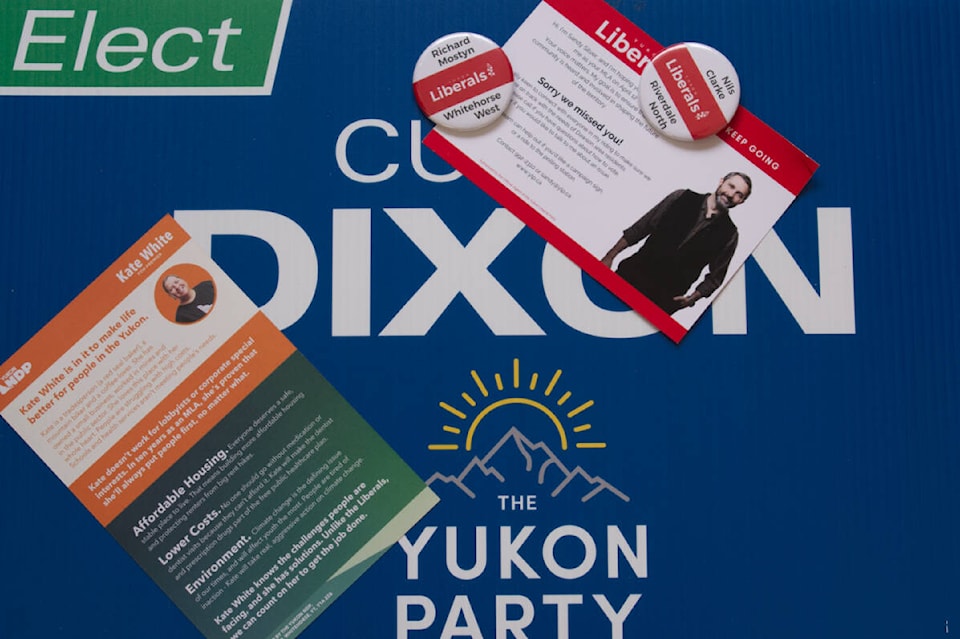The Yukon’s two leading political parties are continuing to get relatively substantial contributions from secret sources.
“Other” revenue made up almost $73,000 (73 per cent) of all revenue reported by the Yukon Liberal Party, while the Yukon Party classified almost $46,000 (37 per cent) of its total revenue under that category, according to the territorial chief electoral officer’s 2022 report on political party revenues.
While parties are not permitted to accept anonymous contributions, the current rules allow parties to hide the sources of “other” revenue. That may include proceeds from fundraising activities, donations received at meetings and rallies for political purposes, membership fees, event registration fees, loans and income from investments or other sources.
The Yukon Party has called on the Yukon government to close what it calls a “loophole” in the electoral financing rules — bringing an end to the “unprecedented secrecy” around its rival receiving revenue from undisclosed sources — despite also benefiting from it.
In the report, more than 40 per cent of reported revenue from all parties fell under “other” revenue. More than half (53 per cent) were from contributions from inside the Yukon. Five per cent came from outside the Yukon in Canada and less than one per cent came from foreign sources.
The report indicates the Yukon Party brought in $600 and the Yukon Liberal Party reported $500 from foreign sources.
In total, the Yukon Party raked in the most revenue at close to $125,000, including just over $59,000 in monetary and just under $20,000 in in-kind revenue, which accounts for contributions in the form of goods and services. With the highest revenues overall, the party also accepted the most revenue from Whitehorse, rural Yukon and the rest of Canada.
The Yukon Liberal Party took in a total of about $100,000, with about $19,000 in monetary and just under $8,000 in in-kind revenue.
The Yukon NDP had about $59,000 in monetary revenue.
The Yukon Freedom Party only reported $988 in monetary revenue.
Twenty per cent of the Yukon Party’s revenue came from corporations, compared to two per cent for the Yukon Liberal Party. Corporations made up about half of the Yukon Freedom Party’s revenue. Individuals provided all of the Yukon NDP’s revenue. None of the parties accepted revenue from trade unions and political parties, which are categorized under unincorporated.
All four registered political parties — the Yukon Liberal Party, the Yukon Party, the Yukon NDP and the Yukon Freedom Party — must file an annual revenue return with the chief electoral officer.
In the report, rules surrounding electoral finance are primarily based on the premise that money can translate into electoral success, and fairness in electoral finance allows candidates and political parties to obtain the financial means to conduct their operations and campaigns while supporting the right of the public to participate by making contributions.
Putting a limit on contributions or expenses levels the playing field, according to the report.
While the Yukon does not have donation limits, the Elections Act requires the public disclosure of a contributors’ information if total contributions exceed $250.
Contact Dana Hatherly at dana.hatherly@yukon-news.com
